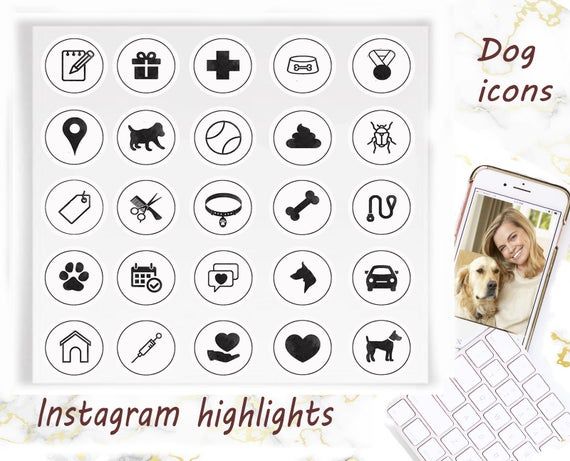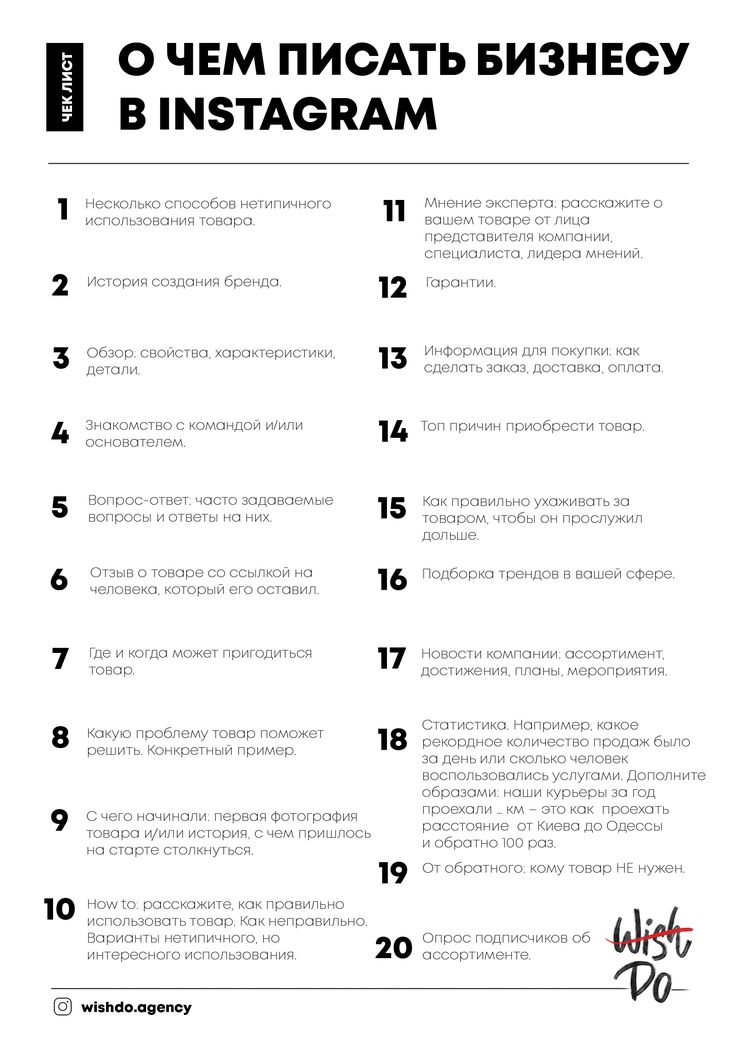How to grow dog instagram
How to Grow Your Pet's Instagram Followers & Engagement in 2021
I hope everyone is having an absolutely wonderful start to the new year! We are settling in with everybody happy and healthy and feeling in a giving mood as we embark on a killer 2021.
Reflecting back on the last 3 years and where I am today with my blog, I wanted to offer a little help to all the aspiring dog bloggers.
I get asked a lot, “how do (did) you grow your Instagram account and blog?”
Well, when I started 2 years ago, Instagram was a lot different. It was much easier to get exposure and grow your following, and in turn, grow your blog traffic. No doubt there has been a lot of changes, making it harder for smaller aspiring dog bloggers to get seen.
So I wanted to give back to you what you have all given to me to help you grow your accounts and make an impact this year. What follows are a few actionable steps and best practices to grow your account and blog traffic in 2021.
Community & Content = Growth
Unfortunately, You can’t just post ANYTHING anymore and expect to see engagement. Every post and caption and action needs to be calculated and done with a purpose and intention. There’s billions of people on instagram and they’re getting more choosey of who they follow by the day. They need to be given a reason to follow you.
Of course, if you have a cute pup that you’re obsessed with and don’t care about getting followers or getting seen, that is 100% ok. But if you are trying to get your cute pup seen and hopefully monetize the account in the future, then there’s a few things you can do to help get on the right track.
Like I said, give your followers a reason to come back to you everyday and give new people a reason to follow you.
The first step is to find a community and join the conversation. If you have a specific breed, count on there being a community and few large niche pages centered on sharing images and videos based on that breed. Start interacting with the followers of those accounts. It’s much easier to get interaction from accounts with 100-2000 followers than 50,000 followers.
Go to one of the images and go into the LIKES and start interacting and engaging with those people.
Follow them, drop a comment, drop a few likes. Let them know you’re watching and liking what they’re doing. These days a few likes and a follow go a long way. As in every social media platform, you need to give to receive. Be present in the conversation. Authentically engage. Reply to questions they pose in captions. You know, be social!
Now for your content. Content is still king.
You’re no stranger to what good content looks like. You see it all day every day. Why? Because instagram rewards accounts with good content.
If you don’t know how the instagram algorithm works, here’s a breakdown.
Instagram wants people to spend as long as possible on the platform so they’re only going to show the content that is considered good because if people see bad content, they’ll most likely exit the app and that’s not good for ad revenue for Facebook (and that’s all they care about).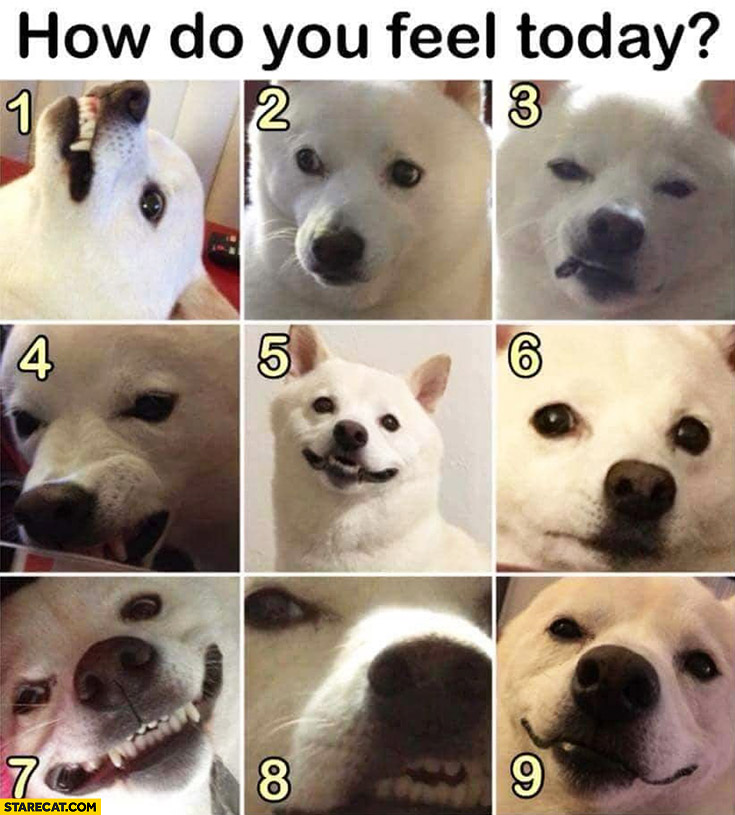
Better content + more time spent on platform = more $$$ for Facebook.
Good content gets good engagement. So let’s say you post on your feed. Instagram shows your image to a small percentage of your current followers. If that content demonstrates that it’s getting good engagement (likes, swipes, saves, comments, shares), it’s going to start showing it to more of your audience and therefore will increase your reach. If it’s not getting good engagement from the beginning, it’ll more likely get buried and not be seen.
So that is why it’s so important to have great image and video content. Your iPhone takes amazing quality images so it’s not your hardware. It’s the thought behind the shot, the lighting, etc. You need to be able to tell a story with your image and have an image that you can support with your caption so it works. Nobody wants to dark shaky videos or grainy underexposed images.
When you’re taking an image or video, you have to ask yourself, “Does this bring me or someone value? Would I Like, Share, or Save this?” If you can’t answer that, it’s probably not worth the post.
Lead with value above everything else. You want someone to come to your profile and think, “hmm, I like what I saw, I got some value from this post and I’m on board with their message and vibe. Follow!”
But please remember it doesn’t have to be perfect!! Perfection is the enemy of progress. Instagram also rewards accounts that post frequently. So it’s best to find a happy medium.
5 MUST-HAVE TOOLS FOR TAKING THE PERFECT PET SELFIE!
Example – get a dog selfie stick and record a quick 20 second video of you and your pup in the park doing some training exercises. Make sure it’s clear and sunny and it’s not shaky. Write a caption about ways you’re training your pup and some of the problems you’re running into. I can guarantee people will relate and offer words of support, encouragement and advice. It’s that easy.
Now for Engagement
Engagement is huge. That really is the determining factor in growth and traffic to your website or blog.
Here’s some tips to grow your engagement.
20 Minute Rule
Before you post, spend about 10-20 minutes engaging with your audience and new audiences. Leave some likes, follow and comment on targeted accounts. The objective is to get them back to your account. So when you do post your new piece of content, you have new eyeballs and new chances to make a good impression and grab a follow.
Give Your 2 Cents
Like I said, you have to give to get. Give love and you’ll receive it.
Go to your explore page – and go search for a relevant hashtag. Go to the Hashtag Page. You’ll see 2 tabs. TOP and RECENT. Click RECENT. These are the accounts that are smaller and trying to get seen and are more likely to reciprocate engagement. For 20 minutes each day, go to a few different hashtags and find images you like and give your 2 cents. Just share some love. They’ll give it back.
Smart Stories
Stories are another great way to show some behind the scenes content that won’t make it to the feed. However, if you just post to your stories, most likely only your followers will see the content. A little unknown secret is that you can attract new audiences with your stories.
A little unknown secret is that you can attract new audiences with your stories.
When you post a story, swipe up to get the features. Click Hashtag and add the relevant hashtag. This way it’ll show up in the Hashtag Story. This will be seen by people who are looking at the #goldendoodle hashtag story and if they see what they like, they’ll click to your profile.
There’s plenty more tricks and tips but here are a few solid actionable ones you can do every day to get the ball rolling.
Let me know if these work for you or if you have found any tips that have worked for you that I didn’t mention.
Like this:
Like Loading...
grow pet instagraminstagram engagementpet instagram growth
How to Get Your Dog Famous on Instagram
If you have a dog, you may be wondering how to have a successful dog Instagram. Beyond adding yet more cute animal photos to the internet (a laudable goal), you can earn money from your dog account via an influencer marketing model. If you think your puppy has star potential or you just want the internet to appreciate your dog as much as you do, here are five tips to get your dog headed toward Instagram stardom.
If you think your puppy has star potential or you just want the internet to appreciate your dog as much as you do, here are five tips to get your dog headed toward Instagram stardom.
1. Decide What and How Often to Post
When you’re getting started on Instagram, you have to decide what to post and how often. Obviously, you want to post photos of your dog, but will your dog account have a polished look or a more casual vibe? Will you focus on posed images with props and outfits, or will you take candid shots of your dog just being a dog? There are no right or wrong answers here, but keep in mind that you may eventually face a choice between quality and quantity. Do you want to post more professional content less frequently or the opposite?
You don’t need to be a photography pro in order to have a successful dog Instagram: as long as you find some decent lighting and have a smartphone, you should be set to take Instagram-quality photos of your pup. There are some professional photographers who take quality pictures of their pets and spread them out over less frequent posting, but you may find that posting once a day works best for you.
Here’s an example of a photographer-styled dog account that posts less frequently, but has a cohesive aesthetic and professional-quality photos in each post:
@wat.ki on Instagram
By contrast, here’s a less professional account with more frequent posting that still generates high engagement and a high following:
@garththegolden on Instagram
When it comes to deciding how often to post, remember that consistency is key. It’s more important to keep posting than to post every day, so if posting daily will cause you to burn out, aim for posting two to three times a week consistently instead.
2. Videos Are Even Better Than Photos
We all know video content is key to a great social media strategy, and taking videos is easier than ever when you have a smartphone in your pocket. Taking short-form video of your dog will really help to boost your reach and create content more likely to be reposted by other larger accounts, which in turn can drastically increase your following. An Instagram account like Pupflix, which has over one million followers, pulls its favorite videos from submissions that tag it, and reposts them to its followers.
An Instagram account like Pupflix, which has over one million followers, pulls its favorite videos from submissions that tag it, and reposts them to its followers.
You don’t need a super high-production-quality video to spark engagement. If you’re trying to figure out how to have a successful dog Instagram with video, our best advice is just to capture your dogs being themselves. However, the Instagram algorithm may show a higher quality video to more users, so try not to post anything blurry, with poor resolution, or that you have just copied over from another platform such as TikTok. Also keep in mind when posting videos that many viewers watch without audio, so it is best to include on-screen text to make your point.
A relatively recent development on Instagram is that it favors video and in particular Reels, which are short vertical video clips that often include music. If you’re a regular Instagram user, you’ve probably noticed a lot more Reels in your feed. Take that as a hint and start making Reels with your dog to get them the attention they deserve.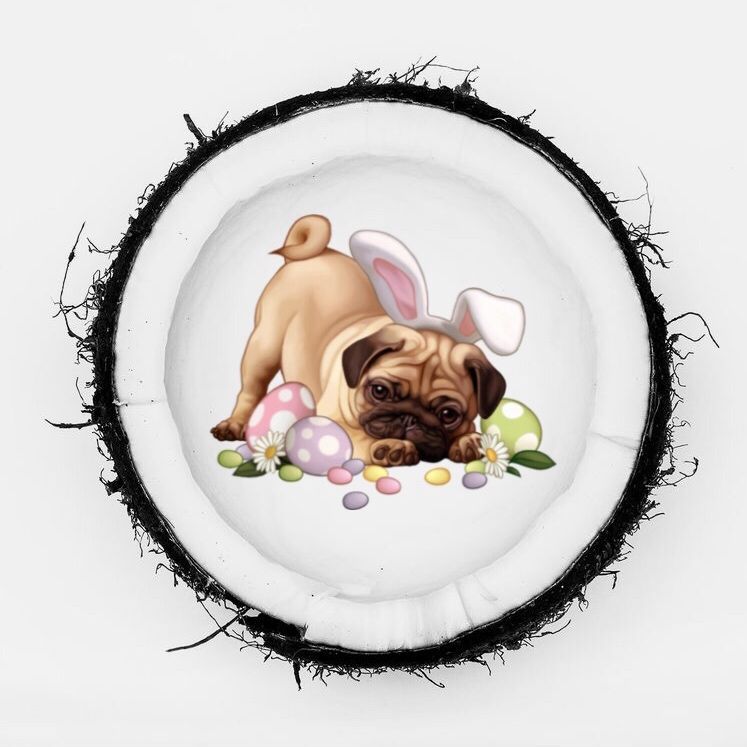
3. Focus on What Makes Your Dog Unique
Running an Instagram account for your dog can be a lot of fun (for you and your dog)! The people who engage with dog accounts are dog lovers, looking for humor and cuteness to brighten up their day. The popularity of cute dog photos also means that there are a lot of them on Instagram. The dog account Dogs of Instagram, which curates some of the best dog posts from around the platform, has over five million followers and over 7,000 posts. So how can your dog stand out from the crowd?
Think about what makes your dog happy and what makes your dog unique. Does your dog love wearing hats? Instagram followers will love that too! Maybe your dog has a quirky behavior, like sleeping cuddled up with a stuffed animal. Post those pics!
A beautiful thing about an Instagram dog account is that it can encourage people to rescue from a shelter instead of purchasing a dog, and even to adopt a dog that they might not have considered in the past, such as a dog with special needs or a senior dog.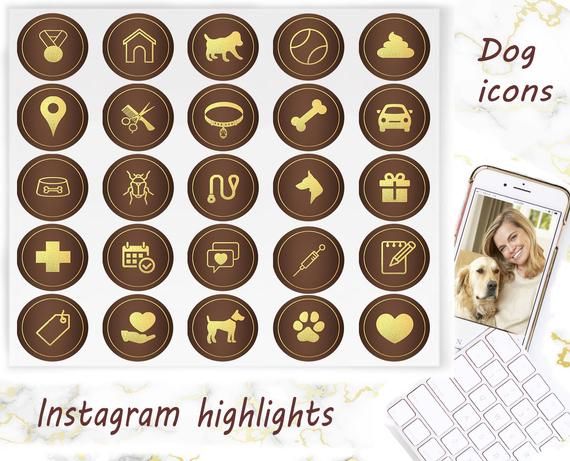 If your dog has a great rescue story, make sure to share that! Dogs with visual impairments, amputations, or a lot of dog years behind them have found success on Instagram while bringing awareness to the needs of dogs like them. You can also use your dog account to provide useful information to the community, such as educating the public about service dogs or how to be a good dog parent.
If your dog has a great rescue story, make sure to share that! Dogs with visual impairments, amputations, or a lot of dog years behind them have found success on Instagram while bringing awareness to the needs of dogs like them. You can also use your dog account to provide useful information to the community, such as educating the public about service dogs or how to be a good dog parent.
However, while you might be taking your dog account management seriously, don’t be too serious with your content. Try tactics such as doggo speak, trending memes, or challenges (like the #unflatteringdogphotochallenge that took over many Instagram feeds in 2020). Some popular accounts even speak from the perspective of their dog.
Throughout any social media campaign, our social media team works to tailor content toward what the target audience is likely to engage with or what is likely to resonate with them. Do the same for your dog’s audience. If you find people are engaging more with silly videos than staged photos, it might be time to pivot your strategy.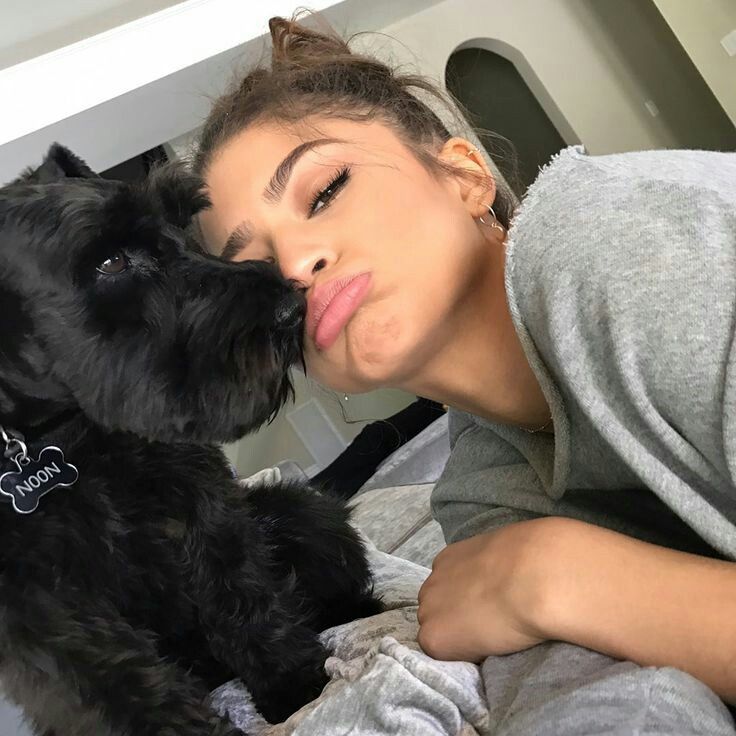 Flexibility based on data is an important key to how to have a successful dog Instagram.
Flexibility based on data is an important key to how to have a successful dog Instagram.
4. Take Your Hashtags Seriously
Any Instagram strategy needs a strong hashtag strategy to be successful. While Facebook content typically needs paid promotion nowadays to gain engagement, Instagram content can still gain traction organically. However, your dog account will perform best when strategic hashtags relevant to each post are used.
Research hashtags specific to your dog’s breed or the unique traits and habits discussed above to find audiences that are already likely to engage with your dog. The hashtag #pugsofinstagram, for example, has over 12 million submissions, and some photos within that hashtag are receiving thousands of likes.
Don’t worry if you don’t know your dog’s exact breed or history: there are great hashtags, such as #muttsofinstagram and #rescuedog, which have millions of submissions and receive great engagement as well. You can also use hashtags to insert your dog into the conversation around holidays like Halloween or even animal-specific holidays like National Dog Day. Don’t forget to celebrate your dog’s birthday and adoption anniversary or #gotchaday as well!
Don’t forget to celebrate your dog’s birthday and adoption anniversary or #gotchaday as well!
Have fun, but go in with a plan. Do your hashtag research before you start posting. Try out different tactics and use your Insights to see what performs best.
5. Balance Your Content Between Entertaining and Promotional: Use The 80/20 Rule
Once you reach a certain follower threshold, you should start to get more attention, particularly for sponsored posts and partnerships. When done correctly, this type of content can be a great way to connect with your followers by sharing products and brands you care about that will help improve the lives of your followers’ pets as well. If done wrong, however, it can drive your follower base away.
At Online Optimism, a digital marketing agency with offices in DC, Atlanta, and New Orleans, we like to preach the 80/20 rule for all of our clients’ social media accounts. Ideally, 80% of your content should be fun and engaging, while 20% of your content is more promotional and focused on sales or leads.
In order to maintain a successful dog Instagram while introducing promotional content, the 80/20 rule works great for pet accounts as well. Make sure the majority of the content you share is fun and engaging while only a small amount is promotional to keep your audience following along for the long haul. Even better, make your promotional content so much fun that your audience hardly notices it’s promotional!
Still Wondering How to Have a Successful Dog Instagram? Whether for Dogs or Businesses, Online Optimism Knows Instagram Marketing!
At Online Optimism, not only are we obsessed with dogs, we’re obsessed with strategic social media marketing that drives results. Learn more about how Instagram marketing with Online Optimism can grow your business today and read more of our social media advice.
How to make Instagram pet successful? 8 Rules for WikiPet.ru Success
Animal photos are undeniably as popular on Instagram right now as food, fashion, sports, and travel.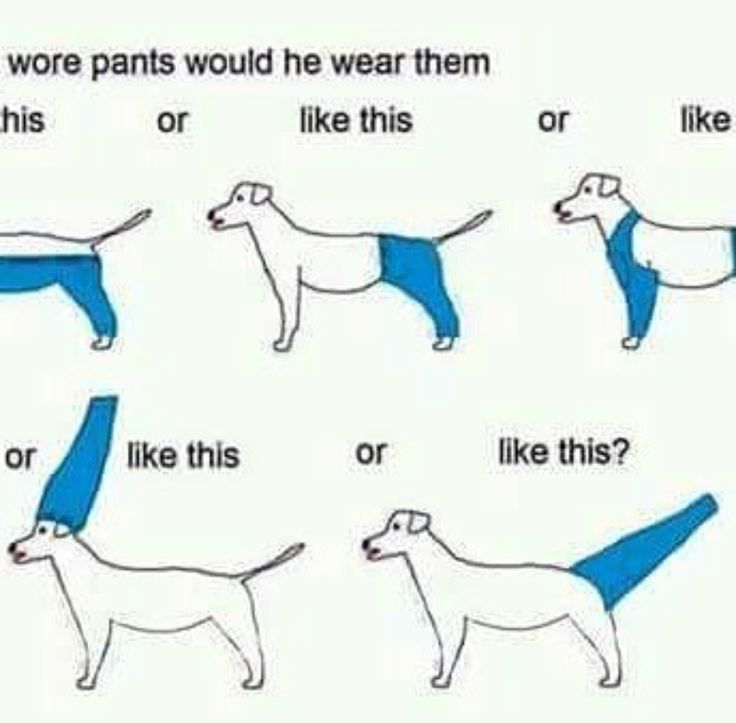 Pet accounts now have thousands and hundreds of thousands of followers. Millions of people are scrolling through their feeds looking for videos and photos of touching animals to satisfy their craving for cuteness.
Pet accounts now have thousands and hundreds of thousands of followers. Millions of people are scrolling through their feeds looking for videos and photos of touching animals to satisfy their craving for cuteness.
Therefore, if you are a happy owner of a furry pet and want to share the moments of life with your four-legged friend, our advice is for you. nine0006
1. Tell the story
Tell your guests and future followers about your pet's story. How did you get the animal, was it adopted from a shelter, or is it a rare breed. Maybe your pet has an interesting fate or there are some features, unusual abilities, oddities of character. What makes it different from others? Tell us about it in one sentence, because that's how much fits in the Instagram profile header. Master storytelling as the most important tool for engaging your audience. This skill will be very useful for witty captions under posts. nine0003
2. Post only high-quality photos
If you have already created an account and shared your pet's story, it's time to fill your page with photos.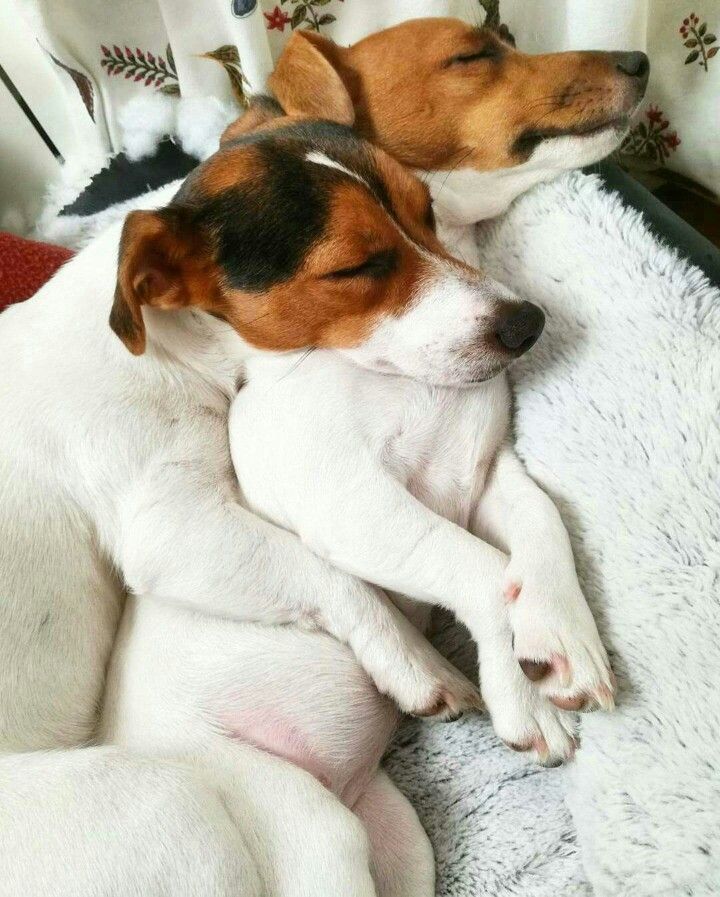 Now Instagram has entered the era of quality content. People love clean, beautiful, bright feeds, so we strongly recommend that you honestly evaluate the quality of your photos so that only the best ones get into the feed. Photos must be original, clean and aesthetically pleasing. Try to take photos in natural light, look for a beautiful background that is not overloaded with unnecessary details, use special programs for processing photos before posting them, the best of the free ones: Snapseed, VSCO, PicsArt. Try to take mostly horizontal shots (this applies to both photos and videos)
Now Instagram has entered the era of quality content. People love clean, beautiful, bright feeds, so we strongly recommend that you honestly evaluate the quality of your photos so that only the best ones get into the feed. Photos must be original, clean and aesthetically pleasing. Try to take photos in natural light, look for a beautiful background that is not overloaded with unnecessary details, use special programs for processing photos before posting them, the best of the free ones: Snapseed, VSCO, PicsArt. Try to take mostly horizontal shots (this applies to both photos and videos)
Photo:andrewknapp
3. Keep a consistent style
A consistent feed is another important tool for achieving popularity. Try different filters, photo placement/sequencing principles. Be inspired by other accounts of your subject, but do not try to repeat them exactly. The same style cannot suit everyone. We advise you to think about the character of your pet, evaluate its color and other external features in order to determine the brightness, color scheme, heat balance, etc.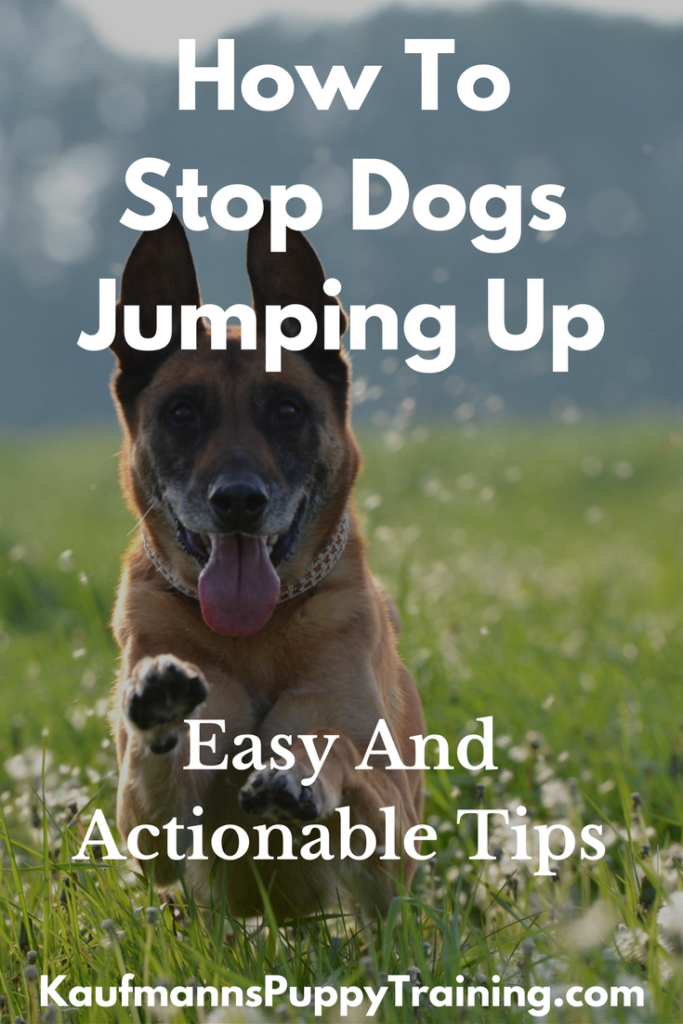 that is right for you. for settings when processing photos. It may take you a lot of time, but this is a necessary condition for creating a truly high-quality account, with a large number of subscribers. nine0003
that is right for you. for settings when processing photos. It may take you a lot of time, but this is a necessary condition for creating a truly high-quality account, with a large number of subscribers. nine0003
Photo: thiswildidea
subscribers. Do your own research. Which tags are most relevant to your pet? This will help you attract new audiences and get into established communities. Use both very popular tags, such as #photocats, and tags with a narrower audience of #rooftop cat. Try to include tags in English, and also come up with your own tags with which you will sign each photo, which will make it easy to find you. But be careful! It’s also not worth overloading the post with tags, the Instagram robot doesn’t like this. nine0013 The stagram.com service will help you
5. Keep in touch with your audience
To maintain a constant high level of engagement, you need to post at least once a day, and preferably two - in the morning and in the evening.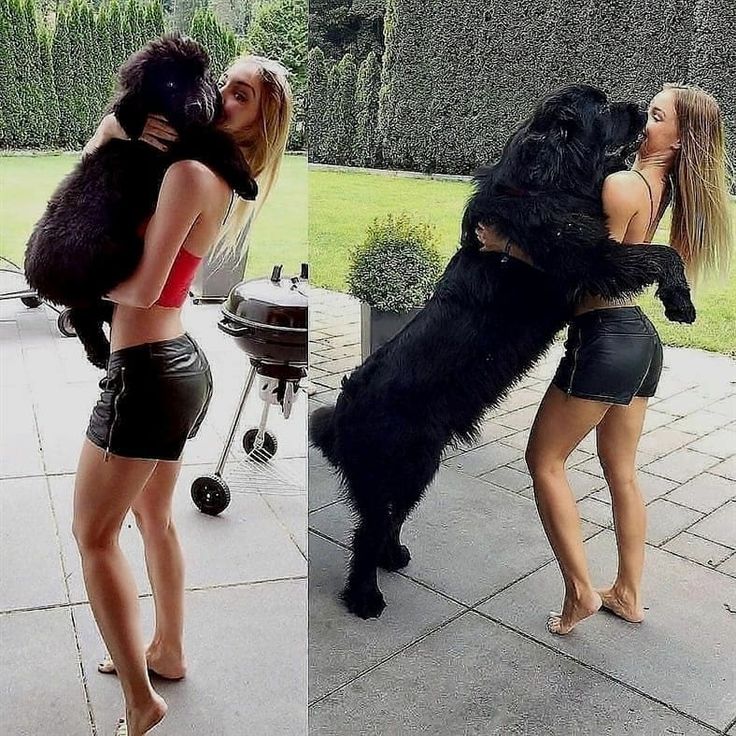 The best time to post photos is up to you to figure out on your own. Usually, it is morning and early evening. Don't forget to also like and comment on the posts of your followers and those you follow. Instagram is a social network, so to be popular on it, you just need to be socially active. Pay attention to spelling and punctuation, be polite and friendly. nine0003
The best time to post photos is up to you to figure out on your own. Usually, it is morning and early evening. Don't forget to also like and comment on the posts of your followers and those you follow. Instagram is a social network, so to be popular on it, you just need to be socially active. Pay attention to spelling and punctuation, be polite and friendly. nine0003
6. Get inspired and fantasize
No matter how cute, touching and funny your pet is, the same pose in the same location or very similar shots quickly become boring. Look around. Maybe on your usual walking route you come across interesting places: beautiful walls, cozy courtyards or a “dog friendly” cafe where you can take photos that have not yet been included in your photo stream. Or maybe your furry friend knows how to ride a skateboard or likes to dress up? This can also be an occasion for beautiful shots. nine0003
Collect props that look good in photos and set up a separate Pinterest board to post ideas that inspire your creativity.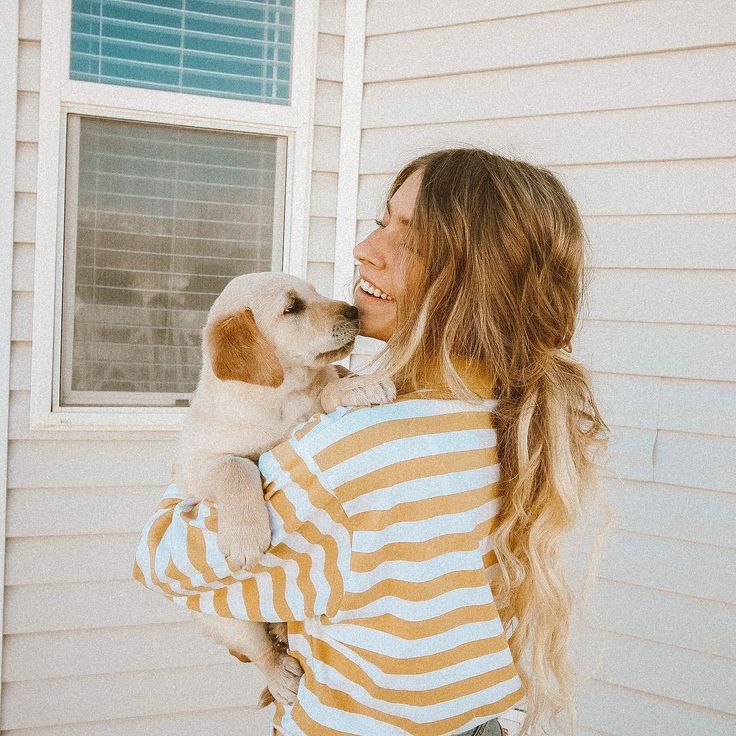
Photo:itsdougthepug
7. Plan
Observing your pet, taking photos and editing, and keeping in touch with your audience can take a lot of time. In addition, you are unlikely to want to give up your usual activities for the sake of an extra hour on Instagram. Therefore, we strongly advise you to install a special scheduler application on your phone, which will allow you to upload and caption several photos at once, in order to guarantee you regular posts with the desired frequency without your participation. nine0003
Application in the Apple Store
8. Have fun with the process!
The biggest plus in your decision to keep your pet account is the fact that you will spend more time together! To catch interesting moments, emotions and manifestations of an animal, you will need to observe it more from afar or involve it in the game more often, and this will invariably bring joy to both.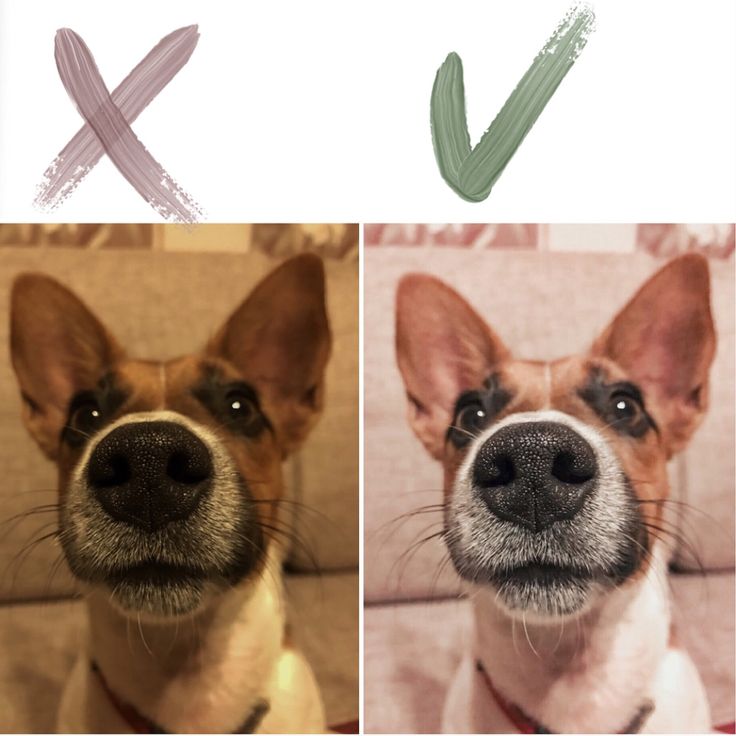 Just remember to always have your camera ready.
Just remember to always have your camera ready.
You might also be interested: « There was a magnificent dog wedding in the USA! «
Ten rules for choosing a dog
"I want a dog!" - such a phrase must have been heard by almost all parents in the world. And many adults often think about it. According to statistics, more than 40 percent of families in Russia keep a dog as a pet. In popularity in our country, they are second only to cats. nine0003
On the eve of the World Animal Day, the MIR TV channel is holding the WORLD Pet competition. Its conditions are simple: take a photo of your pet, post it on social networks with the hashtag #MIROOYpet, tag our @mir24tv account in the post and repost this post on your page. The winner will receive a big bag of food. The winner will be announced November 30th.
Indeed, a dog is a more troublesome pet than a cat. These creatures are affectionate, much more focused on interaction with the owner and need regular walks and activities.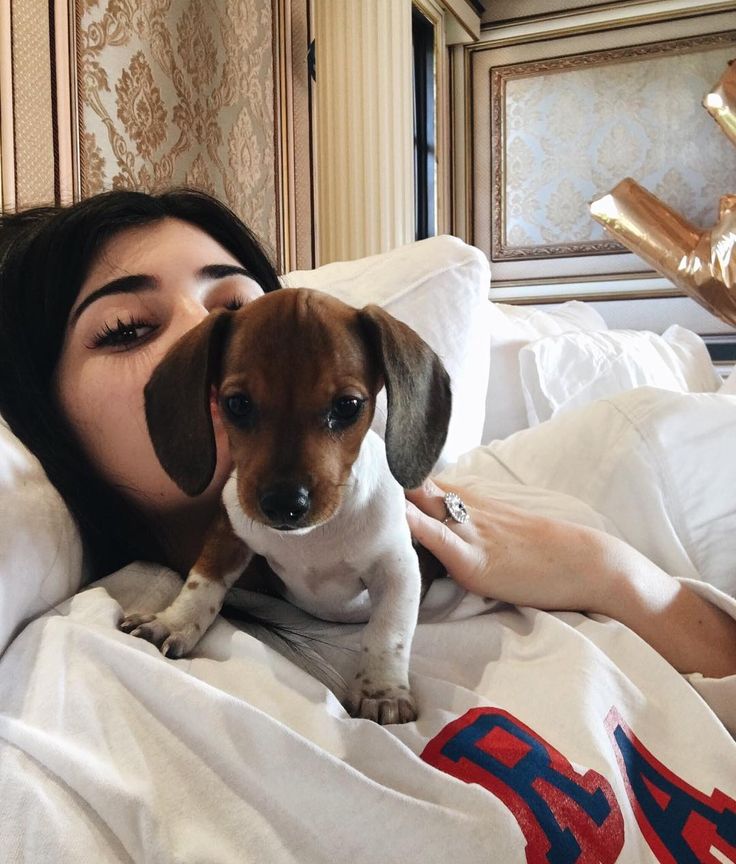 But these chores can be made much more enjoyable, if not perceived as trouble at all, if you choose the right dog to live in your house. This task is not so difficult: you just need to know ten simple rules before you go for a puppy. nine0003
But these chores can be made much more enjoyable, if not perceived as trouble at all, if you choose the right dog to live in your house. This task is not so difficult: you just need to know ten simple rules before you go for a puppy. nine0003
Rule one: decide why you need a dog
This is very important, because some dogs need to move a lot, while others agree to doze off on the mat most of the day. Some will agree to calmly wait for you if you are late at work, while others will gnaw at everything that comes across, unable to control themselves. Or they will raise such a bark that they will stir up the neighbors. And they are not to blame! They are simply bred for a certain job and a certain way of life, and if they do not get what they need, their character deteriorates sharply. nine0003
Today cynologists, that is, specialists in dogs, distinguish six purposes for dogs: hunting, sports and hunting, service, sports and service, sports and decorative and indoor and decorative.
The names speak for themselves: hunting dogs cannot live normally without hunting, service dogs are distinguished by natural aggressiveness and distrust of everyone except the owner or guide, and indoor-decorative ones rightly bear the nickname "sofa dogs".
Dogs whose purpose has the prefix "sports" are more versatile, but still not without the features inherent in "clean" colleagues. If you need a dog for the protection of a suburban area - stop at service dogs, if for hunting - respectively, at hunting dogs. "Sports" dogs are more versatile, and therefore more suitable for the role of a pet, and indoor-decorative ones are only suitable for it. nine0003
Second rule. Choosing a pet by temperament
Dogs, like people, are divided by temperament into four well-known types: choleric, sanguine, phlegmatic and melancholic. Information about what temperament representatives of each of the breeds have can be found in its description.
Unlike humans, dogs have a direct relationship between temperament and mobility. Choleric dogs are extremely mobile and require constant attention to their games. And if they don’t get it, they become poorly managed and strive to “go on the run.” Sanguine dogs, as a rule, are a little less mobile, but much less prone to nervous breakdowns and character damage. Phlegmatic dogs are mobile and playful only in puppyhood and adolescence, but they almost do not create problems with a sudden change in mood and do not tend to shoot. Melancholic dogs are the same homebodies, but they require increased attention from the owner and can really get sick due to his absence. If your work involves business trips, then a melancholic dog will not suit you. He will suffer too much from your absence, and may even refuse food for weeks. nine0003
Choleric dogs are extremely mobile and require constant attention to their games. And if they don’t get it, they become poorly managed and strive to “go on the run.” Sanguine dogs, as a rule, are a little less mobile, but much less prone to nervous breakdowns and character damage. Phlegmatic dogs are mobile and playful only in puppyhood and adolescence, but they almost do not create problems with a sudden change in mood and do not tend to shoot. Melancholic dogs are the same homebodies, but they require increased attention from the owner and can really get sick due to his absence. If your work involves business trips, then a melancholic dog will not suit you. He will suffer too much from your absence, and may even refuse food for weeks. nine0003
Knowing the temperament of the breed is also important from the point of view that it must match the temperament of the owner - and this is not a joke at all! Contradictions will appear literally in everything, from playing with a dog to the behavior of the owner on a walk. A phlegmatic owner will quickly get tired of a choleric dog, and even a sanguine dog will be able to spoil his usual evening walk by requiring activity and attention all the time.
A phlegmatic owner will quickly get tired of a choleric dog, and even a sanguine dog will be able to spoil his usual evening walk by requiring activity and attention all the time.
Rule three. Deciding on the size of the dog
Everything is simple here. Dogs are clearly divided into large, medium and small. For example, Central Asian Shepherd Dogs and Newfoundlands are classified as large, Labradors and Standard Schnauzers are medium, Fox Terriers and Dachshunds, as well as most decorative indoor breeds, are small.
The size of the dog is especially important if it will live in a city apartment: not all large breeds adequately endure such a strong restriction in space and can react to it with various diseases, including nervous ones. On the contrary, medium and large breeds are more suitable for country maintenance. nine0003
However, in the description of some large breeds, it is indicated that they can easily tolerate room content. For example, these include phlegmatic Leonbergers and sanguine Sennenhunds.
For example, these include phlegmatic Leonbergers and sanguine Sennenhunds.
Rule four. We take into account the orientation of the dog to the owner
This is the most important indicator when it comes to a dog that will live in an apartment or a country house in a constant environment of people and will accompany them on walks and trips. Breeds are "human-oriented" - these are also called companion dogs. The second group of “owner-oriented” is the vast majority of service dogs. And the third - indifferent from this point of view - these include, for example, almost all northern sled dogs. nine0003
For family life, especially in the city, companions are best suited, and those that are owner-oriented are not bad. After all, the main requirement for city dogs is controllability, that is, the ability to unquestioningly carry out commands. And "indifferent" dogs, as cynologists say, will only carry out the order with which they agree.
Rule five. Choosing a breed according to its wooliness
It would seem that this is not very important. But, oddly enough, monobreed forums for dog owners are literally full of messages about finding new owners for dogs that were taken into the family, but they soon wanted to give them away because they were not fluffy enough or, on the contrary, too shaggy. nine0003
But, oddly enough, monobreed forums for dog owners are literally full of messages about finding new owners for dogs that were taken into the family, but they soon wanted to give them away because they were not fluffy enough or, on the contrary, too shaggy. nine0003
And it's not just about emotions. The thick, long coat feels good to the touch, but requires serious grooming, as well as more frequent cleaning of the apartment than usual.
Short, hard, on the contrary, does not need combing, but it is able to penetrate literally into all cracks and cling to any clothing. And dogs with a thick undercoat are much more likely to cause allergies - and this should also be taken into account.
Rule six. Determined with the participation of the dog in breeding
This condition, at first glance, does not seem very important: well, what difference does it make whether the dog will participate in breeding, this is a personal matter of its owner! But no.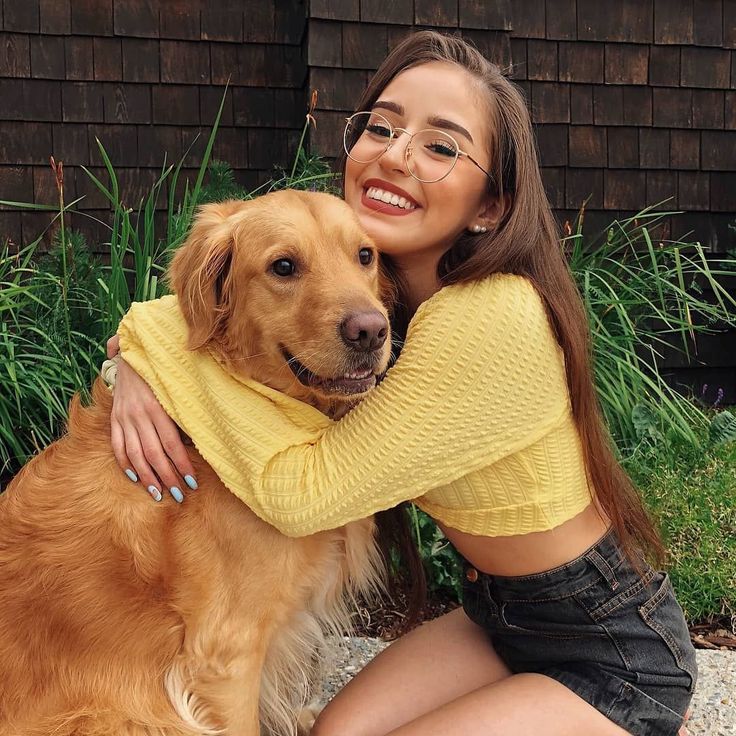 If you take a dog in an official kennel, you will have to sign a contract of sale, which will almost certainly spell out the obligation of the owner to participate in exhibitions.
If you take a dog in an official kennel, you will have to sign a contract of sale, which will almost certainly spell out the obligation of the owner to participate in exhibitions.
Failure to comply with this requirement is fraught with consequences: they will not take away the dog, but they can demand to be sterilized or castrated (by the way, this item can also be stipulated in the contract). In addition, only dogs participating in exhibitions are allowed for breeding - and this is a very costly undertaking in terms of effort, time and money. In addition, a puppy that will certainly not be involved in breeding can cost its owner much less. nine0003
Rule seven. Choosing the sex of the dog
In this matter, the main thing is not even whether the dog is involved in breeding or not. Males are much more complex in character, they are much more inclined to sort things out among themselves, and most importantly, they are much more active in claiming leadership in the "pack", that is, in the family in which they live.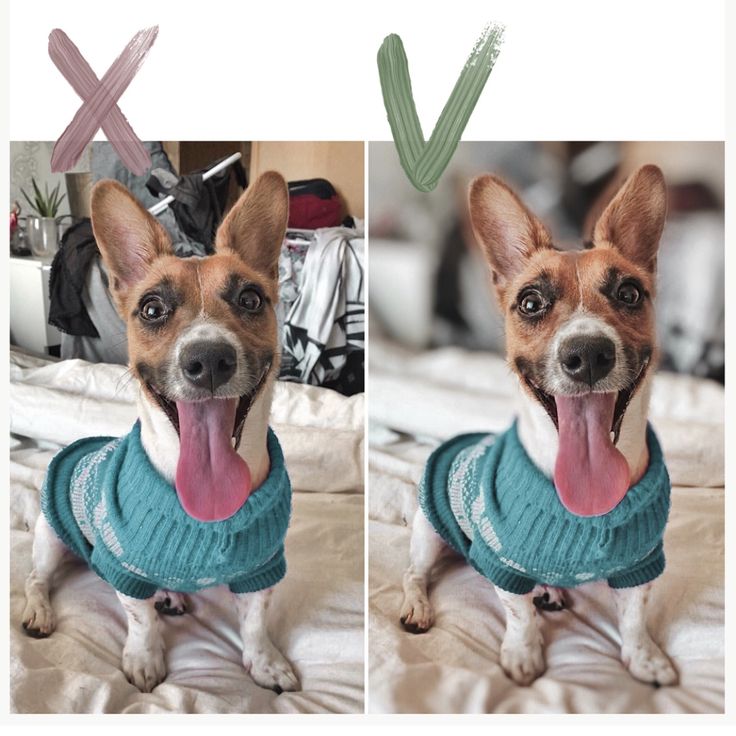 It often happens that in families that have not been able to cope with the dog's claims to leadership, all life becomes subordinate to his interests - and this is not at all funny. nine0003
It often happens that in families that have not been able to cope with the dog's claims to leadership, all life becomes subordinate to his interests - and this is not at all funny. nine0003
If females claim leadership, then only “on the female line”: who will be closer to the male owner, that is, from their point of view, the leader of the pack. But in homes where matriarchy reigns, such bitches are able to take the leading role - with all the ensuing consequences. For the rest, you need to remember that bitches are much more affectionate and obedient, but also more cunning. And males remain puppies in their souls for much longer - in short, everything is like with people.
Rule eight. Estimate costs and labor costs
This dependence is quite simple: the more thoroughbred the dog, the more money is required for it. Pedigree dogs, especially if they are breeds with a very long history and very strict selection for the exterior, as a rule, are extremely painful - and you can’t go to any veterinarian with such a dog.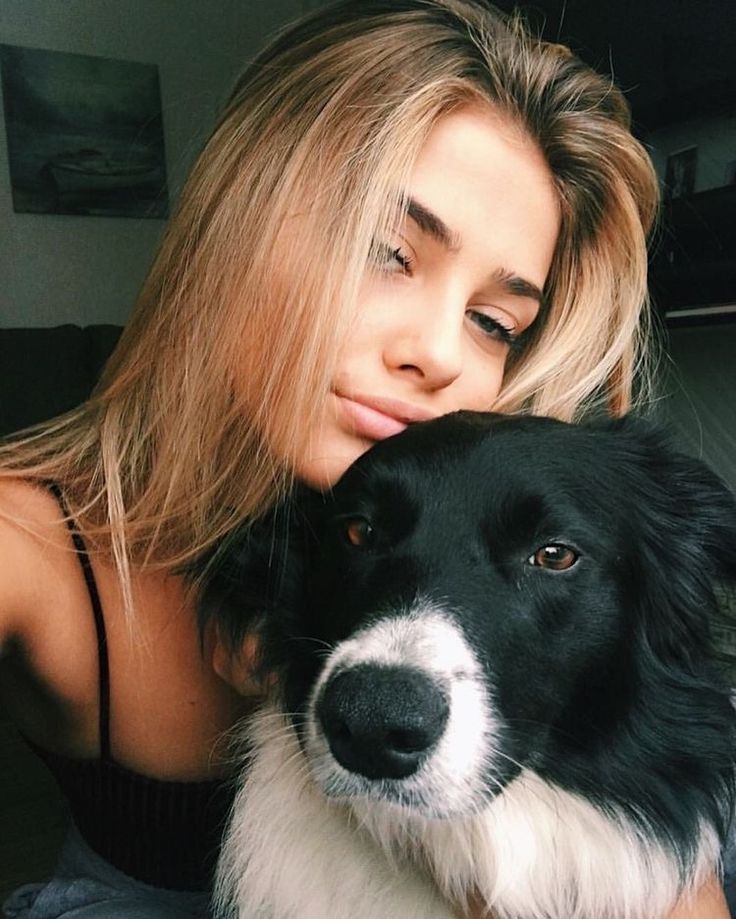 Plus, all sorts of grooming, trimming and other procedures for caring for hair, oral cavity, claws, and so on - a tidy sum accumulates per month.
Plus, all sorts of grooming, trimming and other procedures for caring for hair, oral cavity, claws, and so on - a tidy sum accumulates per month.
Working dogs, that is, hunting, service and sporting dogs, are usually healthier and less demanding in care - but one must be aware of hereditary diseases characteristic of a particular breed. For example, long and low dogs constantly have problems with the spine, and large heavy ones have problems with the hip joints, and so on. Finally, the more thoroughbred the dog, the more picky it will be in food, not even of its own accord, but for reasons of maintaining health, while the mestizo will be ready to be content with little. nine0003
Rule nine. Deciding on the dog's age
Most future dog owners tend to adopt a puppy, and this is understandable. On the one hand, they are so funny, cute and playful, and on the other hand, I want to raise a dog, so to speak, from the young claws.
And meanwhile, whoever becomes the owner of a dog for the first time, it is better to start with a grown dog - a teenager or a young dog.
Puppies require tremendous attention, they should not be left alone for a long time (not only for the sake of the safety of the house, but above all for the safety of the dog's psyche). And an adult dog in this case would be preferable. nine0003
But if it is possible to spend the whole day at home, monitor the puppy's stool, appetite and activity, regularly clean up traces of vital activity and take him for a walk four or six times - then you can enjoy the funny puppy behavior and childlike spontaneity.
Tenth step. Finding out where to get a dog
After going through the previous nine steps, you can decide that the family wants to get just such a dog: sports and decorative, sanguine (since most family members are also sanguine), large, companion, long-haired, not for breeding, a bitch that does not require too much money, effort and time, and it doesn’t matter if she has a puppy or not. Then it is worth taking a closer look, for example, at golden retrievers and Bernese mountain dogs.